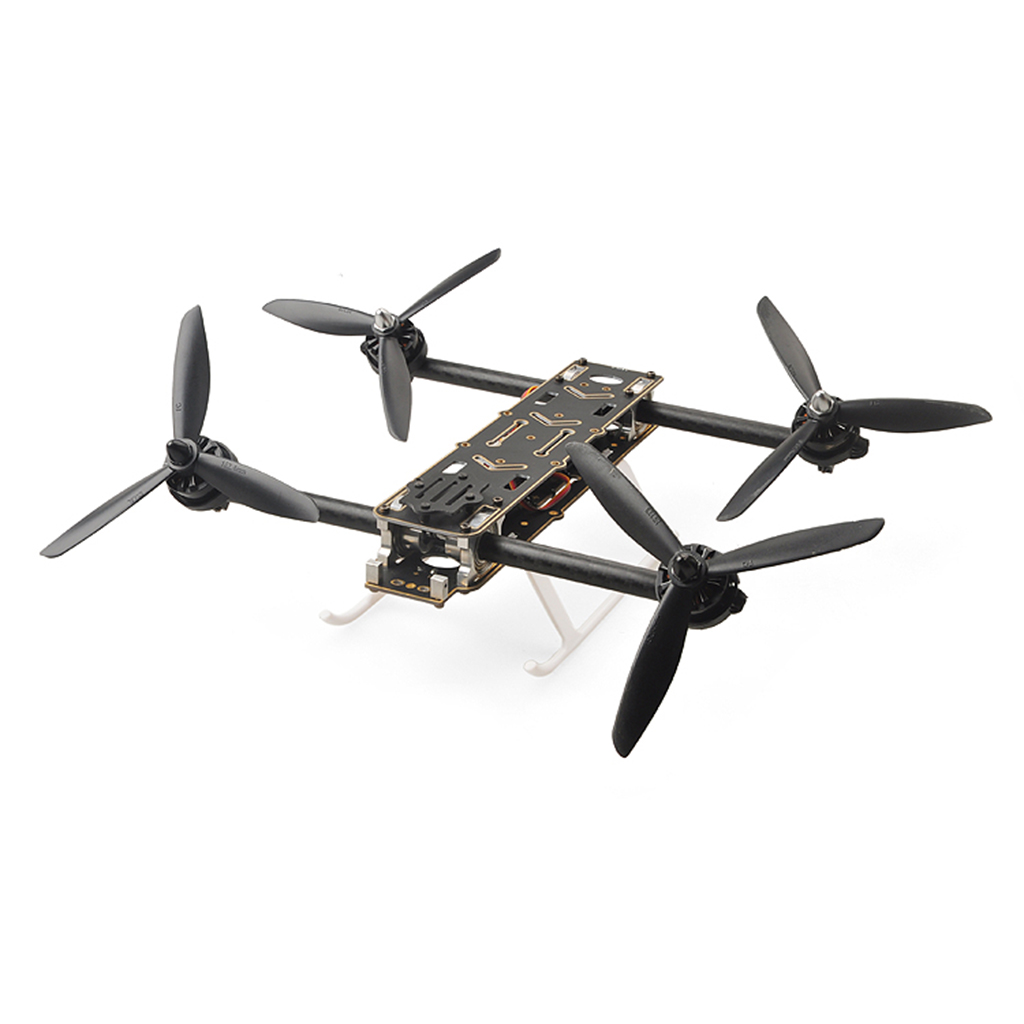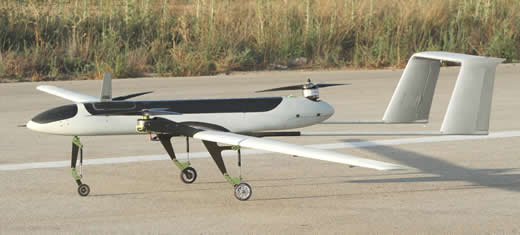

Moreover, designed aircraft should follow major rule connected with multirotors: Should have as simple, robust mechanical design as it can. In the other hand, practical implementation of tiltrotor solution can be problematic: simulation, steering andĬontrolling such aircraft in transition state are complex tasks. When engines are tilted to vertical position, whole UAV get performance similar to airplane – high speed and flight endurance. Vehicle behaves like classical multirotor – allowing pilot to hover and perform VTOL maneuvers. Multiple multirotor-style engines with additional capability to rotate itself in pitch. Aircraft-like wing make it able to use its lift-to-drag ratio to achieveĮnergy savings, higher top speed and extended range in comparison with multirotors. Tiltrotors are hybrid solutions – they combine airplane and multirotor capabilities to achieve features, whichĮxclude each other in classical constructions. Foregoing circumstances force engineers to find less usual ways for improvement energy efficiency, which will cause extending the time and range of flight. Alternative power solutions, like fuel cells, have low financially rewarding factor, which cause whole projects to be unprofitable. They have too low energy density in currently used technology. Elongating time of flight is hard to achieve by classical multirotor with standard Li-Pol batteries available on the market. Major disadvantage of them is short flight time. Example of UAV with low infrastructure requirements are multirotors. between major cities without need of paying for building and maintaining developed aircraft infrastructure.

Clients are often looking for UAV with VTOL ability and time of flight much greater than 30 minutes and long range. This expansion is followed by the new requirements andĮxpectations against UAVs, which force their constructors to look for less typical solutions.Įxpected long time endurance and range are the typical examples of such expectations. Simulation results shows that the tiltrotor UAV achieves transition successfully.Nowadays, civil UAV industry market grows rapidly. A robust H-infinity control strategy is proposed, evaluated and analyzed through simulation to control the flight dynamics of the different modes of the UAV. A dynamic model of the vehicle is derived mathematically for horizontal, vertical and transition flight modes. In the present research work, the authors attempt to model a quad tilt rotor UAV using Newton-Euler formulation. This vehicle combines the hovering capabilities of a helicopter along with the high-speed cruise capabilities of a conventional airplane by tilting its four rotors. The variation in the model dynamics and aerodynamics due to the tilting rotors are the major key issues and challenges which attracted the attention of many researchers.

Tiltrotor hybrid UAV exhibit special application value due to its unique rotor structure. The development of fully autonomous Unmanned Aerial Vehicles (UAV) plays a major contribution towards reducing the risk to human life in various applications including rescue teams, border patrol, police and inspection of buildings, pipelines, coasts, and terrains.


 0 kommentar(er)
0 kommentar(er)
